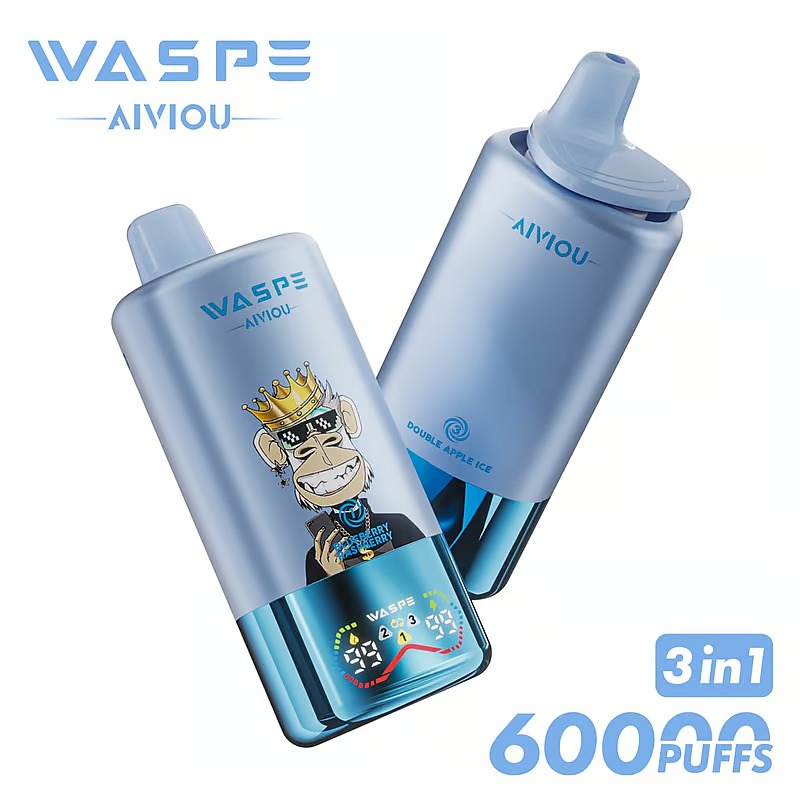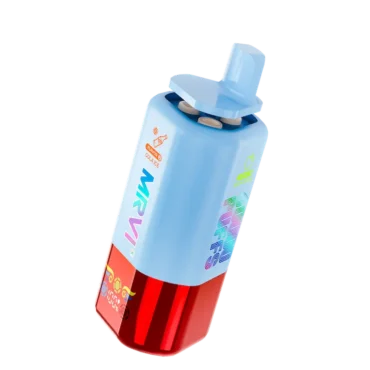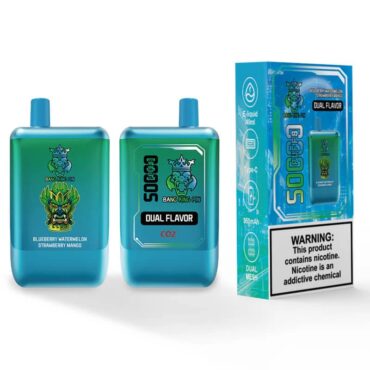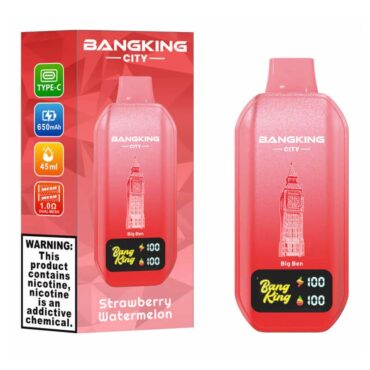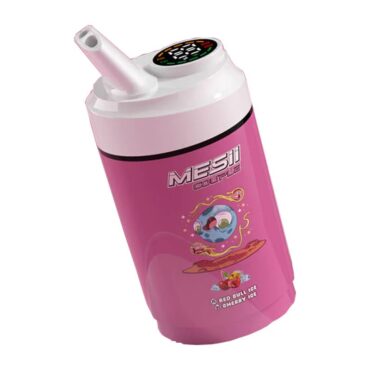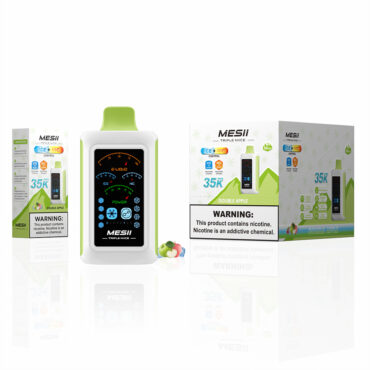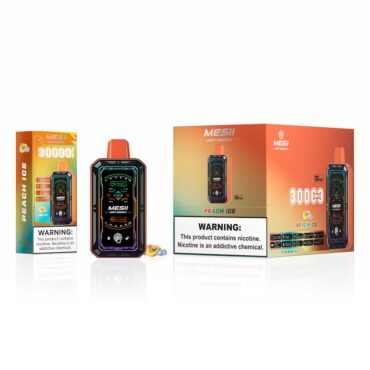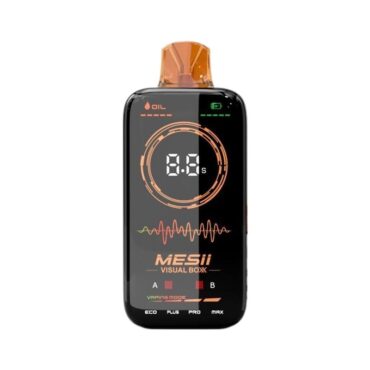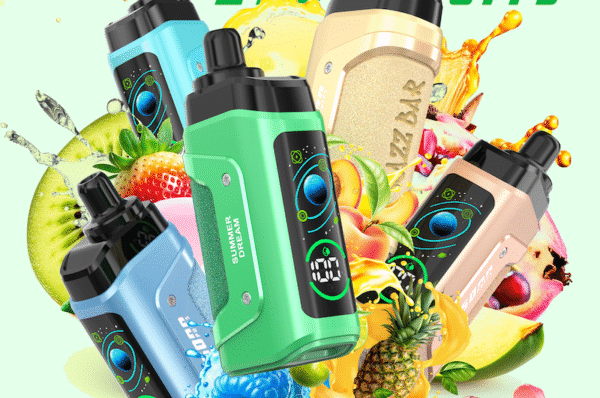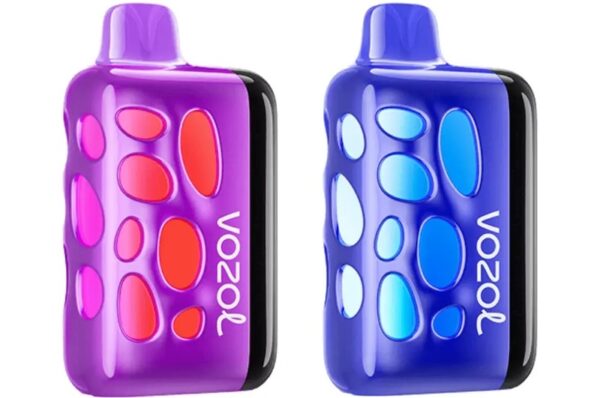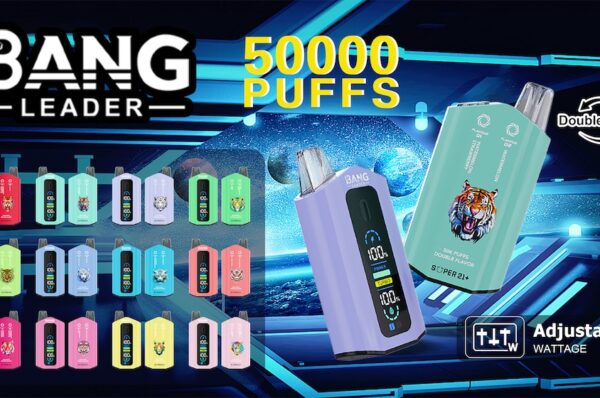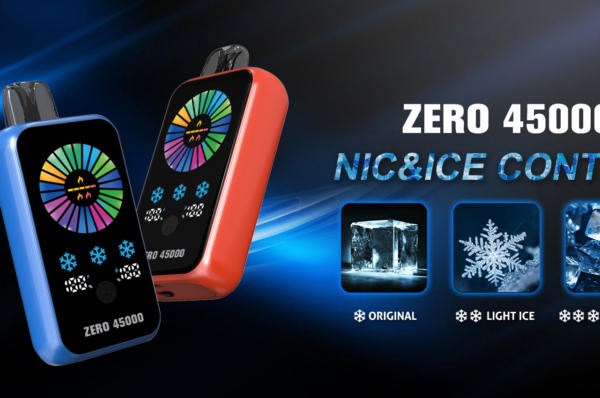When choosing e-cigarettes in the context of smoking cessation assistance, the core goals should be to reduce nicotine dependence, lower health risks, and increase the success rate of quitting smoking. A comprehensive judgment should be made based on product characteristics, personal needs, and scientific evidence. The following are the specific key points for selection and analysis:
First, core purchasing principles
Nicotine concentration decreasing design
Key point: Give priority to products that support multi-level nicotine concentration adjustment (such as 6mg/ml→3mg/ml→0mg/ml), or directly provide a stepped nicotine concentration cartridge set.
Scientific basis: Research shows that gradually reducing nicotine intake can effectively reduce withdrawal reactions, increasing the success rate by approximately 30% (Source: The journal “Addiction”).
Pitfall avoidance tip: Avoid choosing a single high-concentration nicotine product (such as 50mg/ml), as these products can easily lead to a rebound in dependence.
Safety of atomization technology
Priority choice:
Ceramic atomizing core: Resistant to high temperatures and less likely to produce harmful substances (such as reducing the release of formaldehyde and acetaldehyde by 70%).
Temperature control function: Precisely control the heating temperature (≤250℃) to prevent the thermal decomposition of e-liquid from generating toxic substances.
Risk Warning: Cotton core atomizers are prone to dry burning and generating aldehyde substances. Open heating systems have the risk of heavy metal precipitation. Please choose with caution.
Ingredient transparency and compliance
Must-check items:
The ingredients of e-liquid must be clearly labeled (nicotine salt, propylene glycol, glycerin, natural flavoring).
Certified by TPD (European Union Tobacco Products Directive) or FDA PMTA.
High-risk ingredients: Avoid products containing diacetyl (popcorn lung risk) and vitamin E acetate (lung injury risk).
Second, scenario-based function adaptation
Withdrawal reaction management
Throat-hitting sensation adjustment: Select a device with adjustable power/voltage (such as 5W-30W) to simulate the throat-hitting sensation of traditional cigarettes and reduce psychological dependence.
Behavioral alternative design: Equipped with resistance simulation function (the barometric sensor regulates the airflow resistance), it helps users gradually adapt to the “smoke-free” state.
Long-term use economy
Cost of e-liquid cartridges: Calculate the cost per milliliter of e-liquid (for example, for a certain brand of e-liquid cartridges, 3ml/99 yuan, equivalent to 33 yuan /ml; The competing product is 6ml/129 yuan, which is equivalent to 21.5 yuan /ml.
Equipment lifespan: Prioritize products with a main unit warranty of ≥1 year and a battery cycle life of ≥300 times.
Health monitoring assistance
Intelligent functions: Supports statistics of the number of suctions (with a safety threshold of ≤150 per day), calculation of nicotine intake, and reminders for usage duration.
Data synchronization: Generate smoking cessation progress reports through the APP to enhance users’ self-management capabilities.
Third, risk avoidance and scientific advice
Youth protection mechanism
The following must be available: child lock, age verification (such as ID card binding), and daily suction limit (such as ≤500 bottles).
Policy compliance: In line with the provisions of the “Electronic Cigarette Administration Measures” of China, sales to minors are prohibited.
The combined application of alternative therapies
Recommended combination:
E-cigarettes (gradually reduce the dosage) + nicotine patches (stabilize the basic intake) + behavioral therapy (such as mindfulness training).
Avoid using dopamine stimulants (such as caffeine and alcohol) simultaneously, as it may enhance dependence.
Medical-grade products are preferred
Fda-certified devices: such as Vuse Alto (nicotine release error ≤5%), Logic Pro (formaldehyde release <0.5μg/100 mouthpieces).
Clinical validation data: Products supported by RCTS (Randomized Controlled trials) were selected (such as NJOY Ace, which increased the success rate of smoking cessation by 18%).
Fourth, prioritize the purchase
Security compliance (Certification qualifications, component transparency)
Nicotine Management (Concentration Gradient, decrement Scheme)
Technical reliability (type of atomization core, temperature control accuracy)
User Experience (throbbing sensation, suction resistance, oil leakage rate)
Additional functions (intelligent monitoring, economy).
Conclusion: E-cigarettes are merely tools for quitting smoking and should be combined with behavioral intervention and medical support. It is recommended to consult a smoking cessation clinic doctor before use, formulate a personalized plan, and regularly monitor health indicators (such as lung function and carbon monoxide levels).
 Minors under the age of 21 are prohibited from purchasing.
Minors under the age of 21 are prohibited from purchasing.
